Showroom
We are providing Disperse Dyes for industries such as textiles. Available in various colors, they create a number of patterns and designs. These dyes, less water soluble than acids, aid manufacturing processes effectively. Ready-made and user-friendly, they ensure efficient results in industrial applications.
We offer Acid Dyes for diverse industries, especially textiles. These dyes color fabrics effectively in acidic or neutral conditions, soluble in water. Safe and designed for vibrant clothing, they differ in molecular structure from standard dyes, meeting varied design requirements with reliable performance.
We supply diverse Basic Dyes for commercial use, crucial in textiles and other industries. Insoluble in water with a unique molecular structure, these dyes come in various colors to meet demand. Ideal for wool, silk, acrylic, and blends, they offer strong coloring capabilities with vibrant shades and high tinctorial value, essential for industrial processes.
Disperse Dyes are water-insoluble dyes, used to color synthetic fibers like polyester, nylon, and acetate. Key compounds include azo, anthraquinone, and indigo derivatives, offering vibrant hues. Formulated through milling, dispersed in water, and applied via heat. Industries like textiles and plastics benefit from its durability and colorfastness.
Direct Dyes are water-soluble, allowing direct application on cellulose fibers like cotton. Key compounds include azo and anthraquinone derivatives, offering bright, vibrant colors. Typically formulated as powder or liquid, applied through immersion. Used in textiles and paper industries, offering ease of use and excellent color retention.
Reactive Dyes, which are primarily applied to cotton, wool, and silk, create strong covalent connections with fibres. Vinylsulfone and dichlorotriazine are important chemicals. They use an alkaline dyeing process in their composition. They provide vibrant colours, great colourfastness, and environmental sustainability with little waste when used in textiles and clothing.
Water Treatment Chemicals are substances used to improve water quality by removing impurities. Key compounds include chlorine (Cl), coagulants (Al(SO)), and flocculants (CHO). These chemicals aid in disinfection, sediment removal, and pH balancing, enhancing water safety across industries like municipal, agricultural, and industrial processing.
Pigments are coloured compounds that give materials their colour. Crucial substances include chromium oxide (CrO) for green colouring and titanium dioxide (TiO) for white. Paints, fabrics, plastics, and cosmetics all contain them. Pigments are used in the automotive, fashion, and artistic industries for their durability, vibrancy, and UV resistance.
Dye Fixing Agents are chemicals that enhance dye retention in textiles. Key compounds include formaldehyde (CHO) and cationic agents. They ensure color stability and fastness during washing. Used in the textile and garment industries, they come in liquid or powder forms, improving fabric durability and aesthetic appeal.
Acetic Acid (CHCOOH) is a colorless liquid organic compound with a pungent odor. It is crucial in food preservation, manufacturing vinegar, and in chemical synthesis. Packaged in bottles or bulk containers, it is used in textiles, pharmaceuticals, and chemical industries, offering benefits like acidity regulation and solvent properties.
Red Pigments are colorants that produce vibrant red hues. Key compounds include cadmium red (CdS) and quinacridone (C20H12N2O2). Used in paints, cosmetics, and plastics, they are packaged in powder or liquid forms. Red pigments enhance visual appeal and durability, benefiting industries like automotive, art, and textiles.
A liquid that dissolves, dilutes, or suspends other compounds is called a Solvent. Ethanol (CHOH) and acetone (CHO) are important chemicals. In sectors including cleaning, paint, and pharmaceuticals, solvents are crucial. They promote product uniformity, facilitate chemical reactions, and improve formulation; they are available in bottles or drums.
Compounds known as Optical Brightener absorb UV radiation and release blue light to make things appear whiter. In textiles and detergents, essential substances like stilbene derivatives (CHNO) are utilised. They enhance fabric brightness and are available in liquid or powder form, which helps the paper, textile, and laundry industries.
The translucent, spherical particles known as Glass Beads are composed of soda-lime glass (SiO, NaO, and CaO). They improve texture and visibility and are used in reflective coatings, road markings, and cosmetics. They help the building, automotive, and cosmetics industries by providing durability and enhanced light reflection when packaged in bulk or small containers.


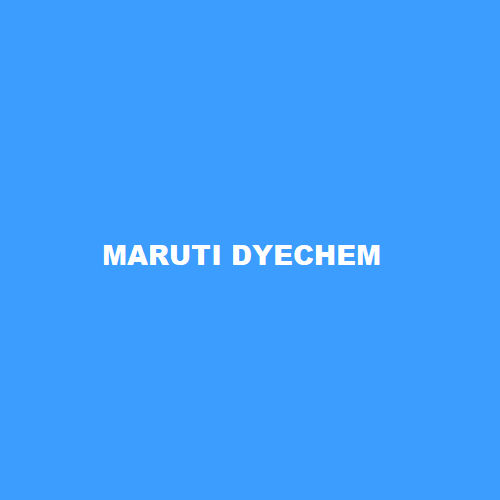

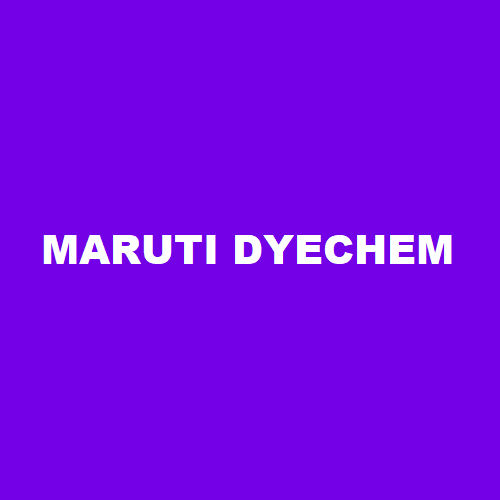
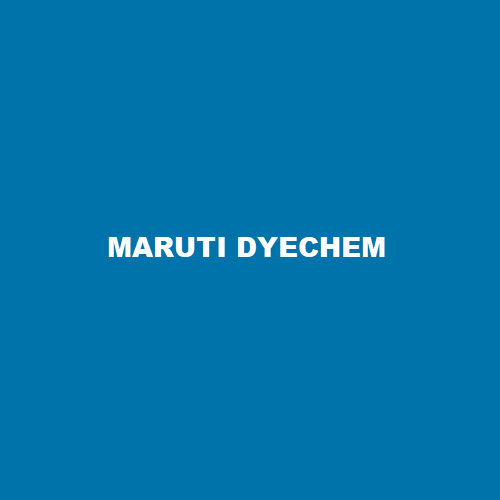
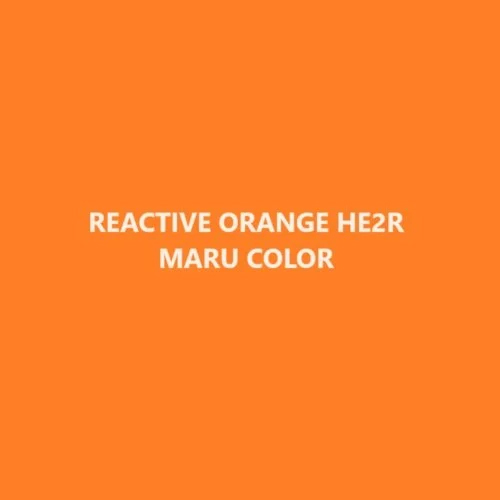
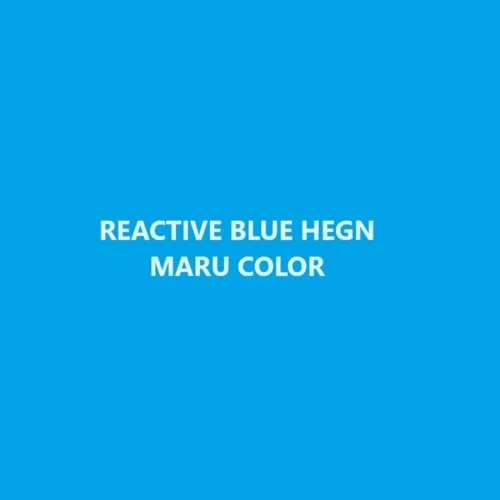
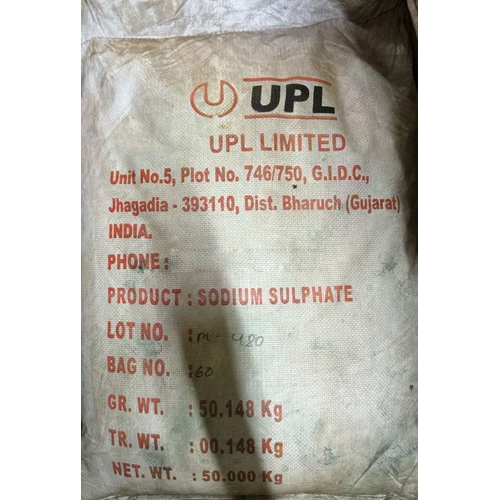

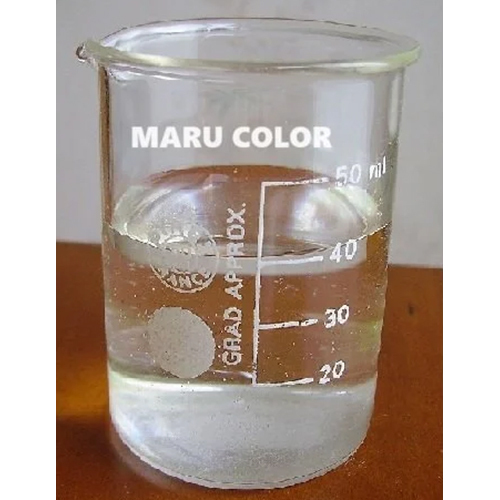
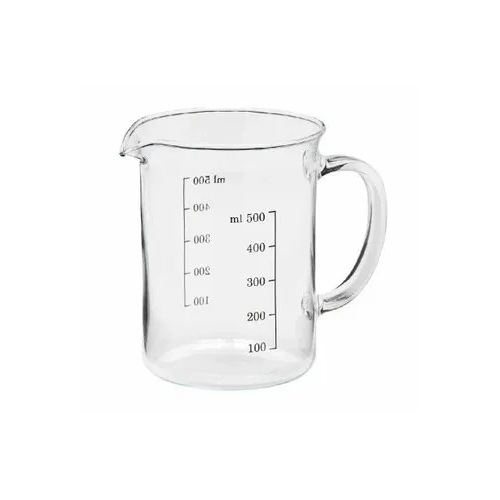
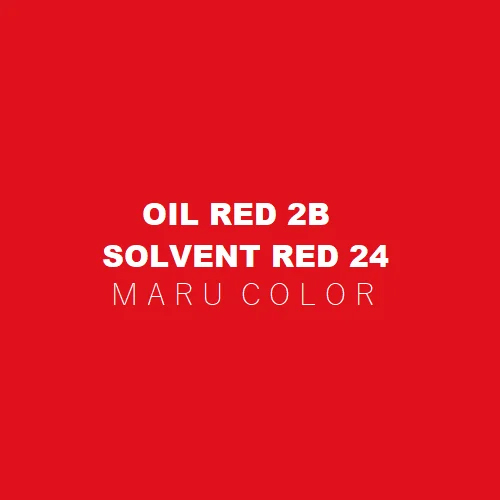

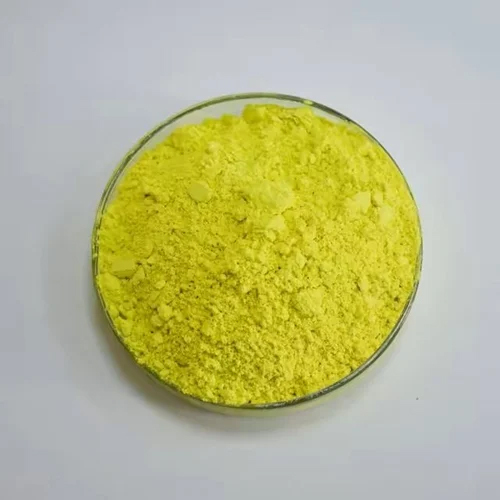
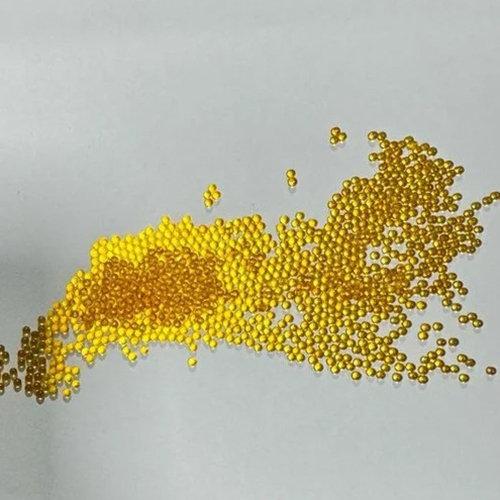
 Send SMS
Send SMS


